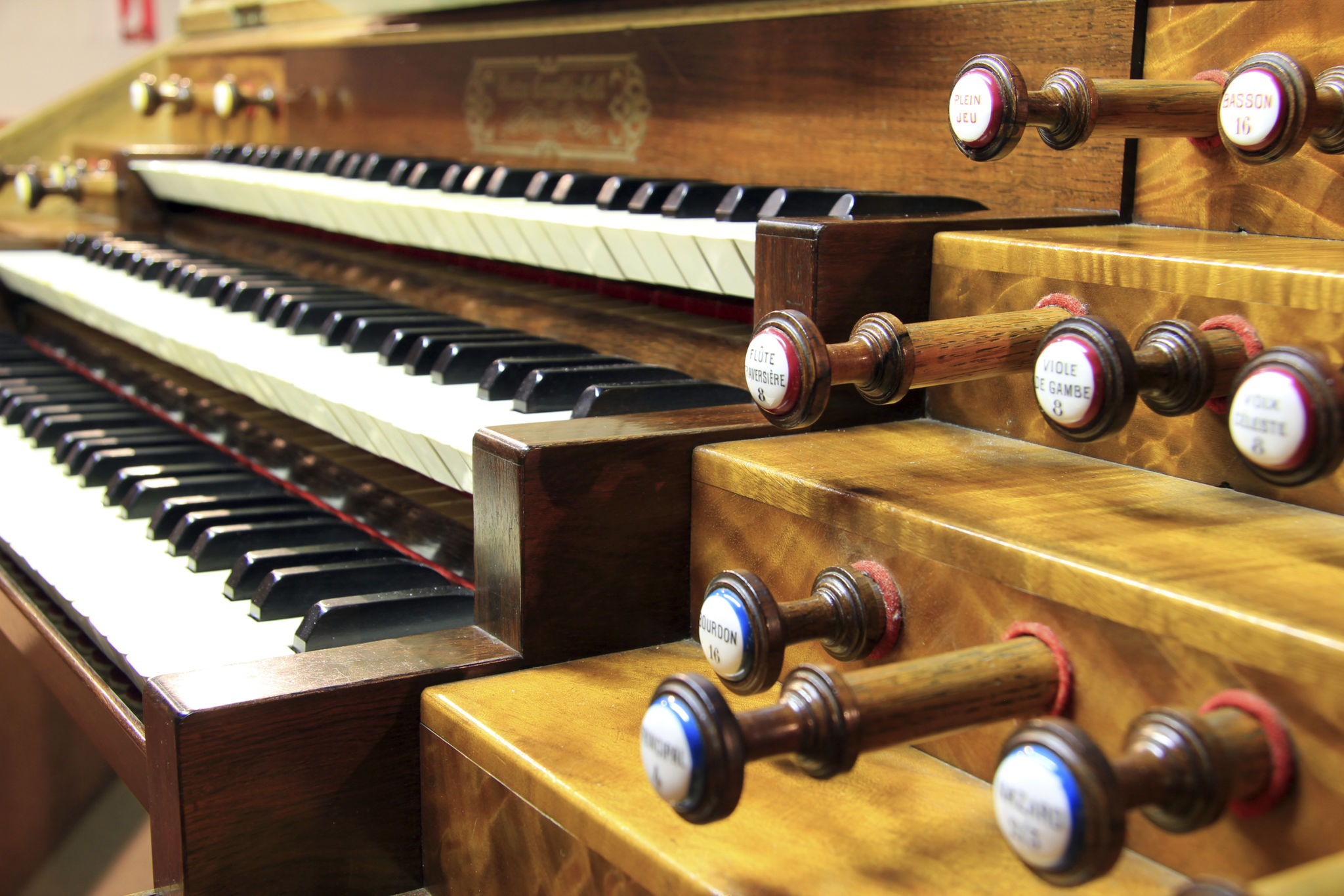The Unique Sound of Portuguese Pipe Organs: What Sets Them Apart
Exploring the Enchanting World of Portuguese Pipe Organs
Portuguese pipe organs possess a fascinating allure that captivates both musicians and music enthusiasts alike. These majestic instruments are not only remarkable for their history but also for their distinct sound, which sets them apart from their counterparts in other parts of the world. The unique sound of Portuguese pipe organs is a result of various factors, including their design, construction, and the cultural influences that have shaped them over the centuries.

A Rich History of Craftsmanship
The art of organ building in Portugal dates back to the 16th century, a period marked by an explosion of creativity and innovation. Portuguese artisans became renowned for their exceptional craftsmanship, creating instruments that were both visually stunning and acoustically extraordinary. The intricate woodwork and elaborate carvings often found on these organs are a testament to the skill and dedication of these master builders.
One of the key characteristics of Portuguese pipe organs is their use of local materials. Organ builders traditionally sourced wood from native trees, such as oak and chestnut, which contributed to the unique timbre of these instruments. This use of indigenous materials not only gave the organs a distinctive voice but also ensured that they harmonized with the architectural and acoustic environments of Portuguese churches and cathedrals.
The Influence of Iberian Traditions
Portuguese pipe organs have been significantly influenced by the broader Iberian tradition. This influence is evident in their tonal design, which often features a bright, clear sound with a strong emphasis on reed stops. These stops, such as the trombeta and clarim, lend a vibrant and colorful character to the music played on these organs.

Moreover, the design of Portuguese organs often incorporates elements from Spanish organ building practices. This blending of styles results in instruments that are uniquely Portuguese yet resonate with the rich musical heritage of the Iberian Peninsula. The combination of these influences creates an organ sound that is both powerful and expressive, capable of conveying a wide range of emotions.
A Diverse Repertoire
The distinctive sound of Portuguese pipe organs has inspired a diverse repertoire of music tailored specifically for these instruments. Composers from various periods have written works that highlight the unique qualities of these organs, taking full advantage of their dynamic range and tonal palette. This repertoire includes both sacred and secular music, reflecting Portugal's rich cultural heritage.
Some compositions make use of the organ's ability to mimic the sounds of other instruments, such as trumpets or bagpipes, a feature particularly popular in Iberian organ music. This versatility allows organists to explore different musical textures and create performances that are both captivating and immersive.

Modern Appreciation and Preservation
In recent years, there has been a growing appreciation for the unique sound and historical significance of Portuguese pipe organs. Efforts are being made to preserve these cultural treasures for future generations, including restoration projects that aim to maintain their original character while ensuring their continued functionality.
Organ enthusiasts and scholars alike are increasingly drawn to Portugal to study these remarkable instruments. Concerts and festivals celebrating Portuguese organ music have become more common, providing opportunities for audiences to experience the enchanting sound of these incredible instruments firsthand.
The Legacy Lives On
The unique sound of Portuguese pipe organs continues to captivate audiences around the world. Their rich history, distinctive tonal qualities, and cultural significance make them an enduring symbol of Portugal's artistic heritage. As efforts to preserve and promote these instruments continue, future generations will be able to appreciate and enjoy the extraordinary music they produce.
In conclusion, the allure of Portuguese pipe organs lies in their ability to blend historical craftsmanship with a distinct sonic identity. These instruments serve as a bridge between past and present, connecting us to a rich musical tradition that continues to inspire and delight audiences today.
